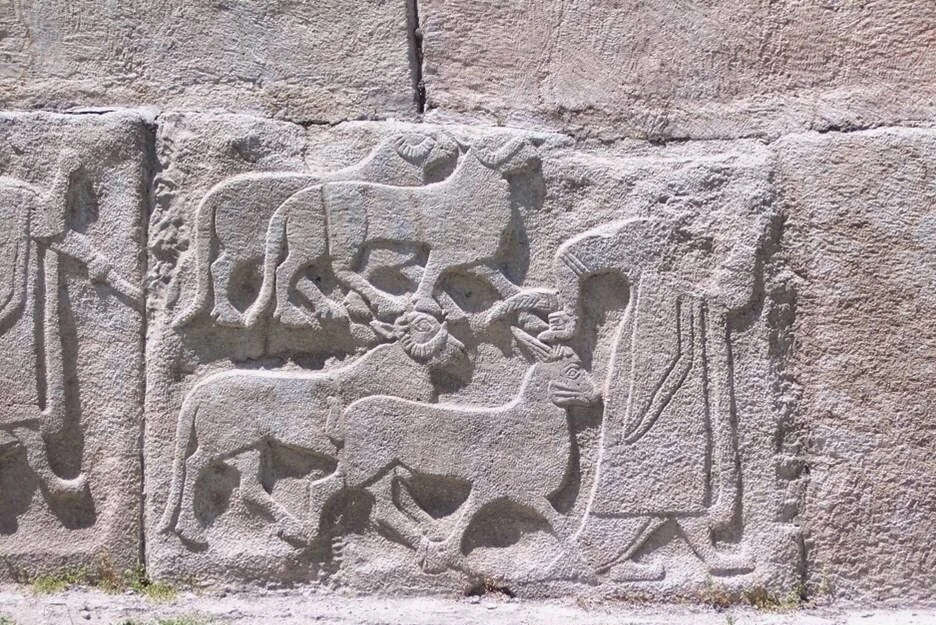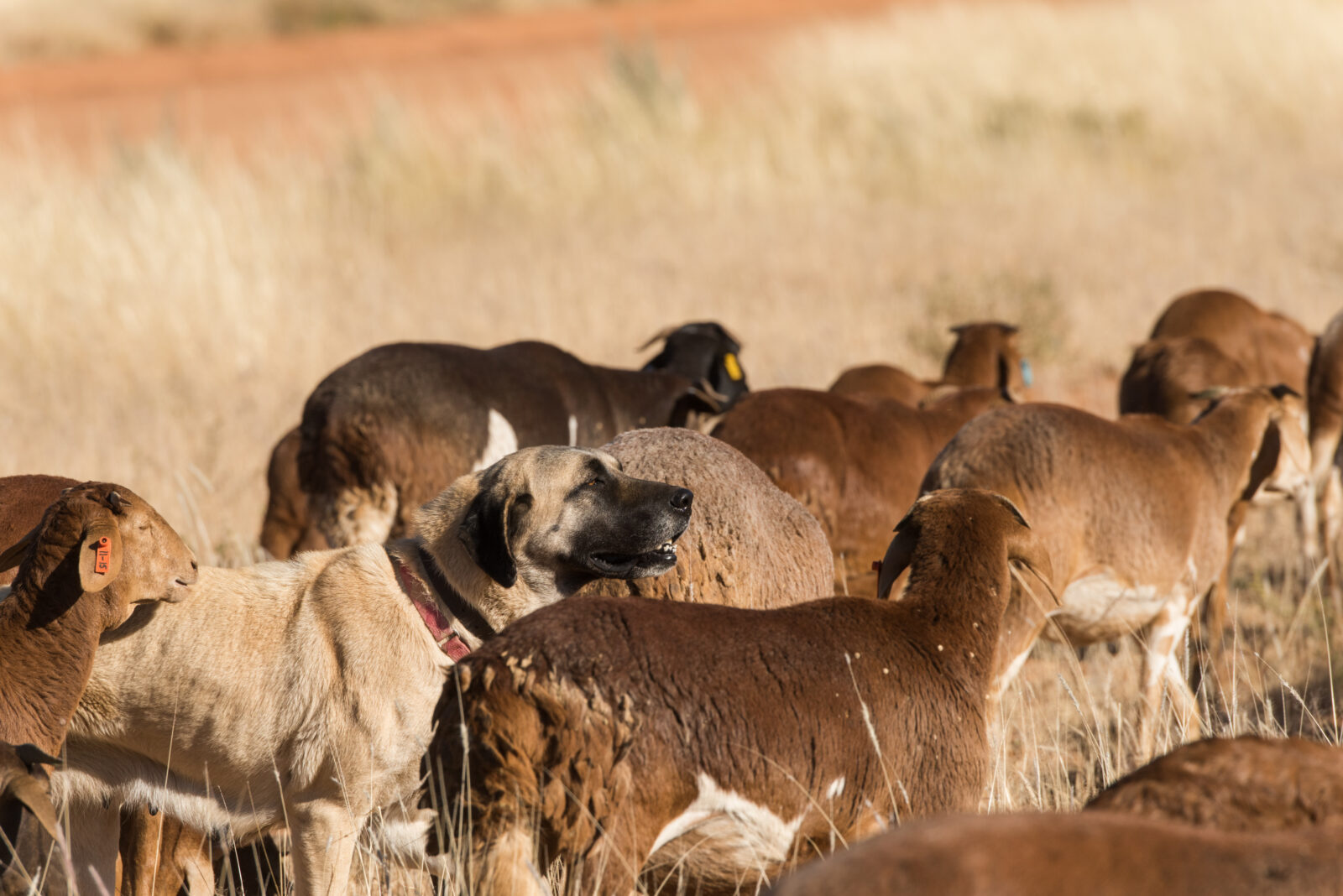Ancient sheep domestication traced to Türkiye, study reveals
 Relief of Sphinx Gate in Alacahoyuk, Corum, Türkiye. (Getty Images)
Relief of Sphinx Gate in Alacahoyuk, Corum, Türkiye. (Getty Images)
An international team of scientists, led by experts from Hacettepe University and Middle East Technical University uncovered the historical roots of sheep domestication, identifying Türkiye as a significant domestication center.
The study, published in the Molecular Biology and Evolution journal on Oct. 22, showcases groundbreaking genetic findings on ancient sheep populations.
Türkiye’s wild sheep: Closest ancestor to domesticated breeds
Researchers from Sweden, France, Russia, Iran, Cyprus, the U.K., Belgium and Canada collaborated to analyze ancient genomes from sheep in Türkiye, Iran, Russia, Sweden, France and Spain. Among their findings was a 13,000-year-old wild sheep from Pinarbasi, Karaman, identified as the closest relative of all known domesticated sheep breeds.
Lead author Fusun Ozer, an evolutionary geneticist from Hacettepe University, stated, “This observation supports the hypothesis that domesticated sheep originated from wild sheep in Türkiye, consistent with archaeological evidence.”

Key findings: Dual lineage and migration
The study revealed that Anatolian and Cypriot mouflons are genetically closer to domesticated sheep than the Iranian mouflon. “This is fascinating because Epipaleolithic sheep from Central Anatolia, where early sheep management is well-documented, provided a more likely domestication source than the Iranian mouflon,” the study explains. Evidence also shows that sheep were transported from Anatolia to Cyprus around 8,000 B.C.
Researchers identified a dual structure in early Neolithic sheep diversity, with additional ancient genomes confirming this division. Furthermore, post-Neolithic sheep migrations influenced population mixing, including Eastern impacts on ancient Baltic sheep.
First sheep in Europe originated from Anatolia
The research team analyzed ancient genomes dating from 9,000 to 4,000 years ago. Eva-Maria Geigl from France’s National Center for Scientific Research remarked, “Our results confirm that the first sheep in Europe were brought approximately 7,000 years ago by Anatolian farmers. Meanwhile, sheep also spread to Asia via Iran.”
Dynamic era for sheep and humans
Torsten Gunther from Uppsala University noted that sheep populations evolved alongside human migrations across Eurasia. “The period was dynamic for human societies, with significant documented migrations. People likely brought their sheep, which interbred with local flocks,” Gunther explained.
The study also revealed that ancient Baltic sheep from 4,000 years ago were a mix of Eastern and Western sheep breeds, reflecting the broader cultural and biological exchanges of the era.
Legacy of sheep domestication and genetic bottlenecks
The research highlights reduced genetic diversity in modern domesticated and wild sheep due to domestication and historical bottlenecks.
These findings shed light on the deep interconnectedness between ancient human societies and livestock, offering new perspectives on the migration and adaptation of both humans and animals throughout history.



